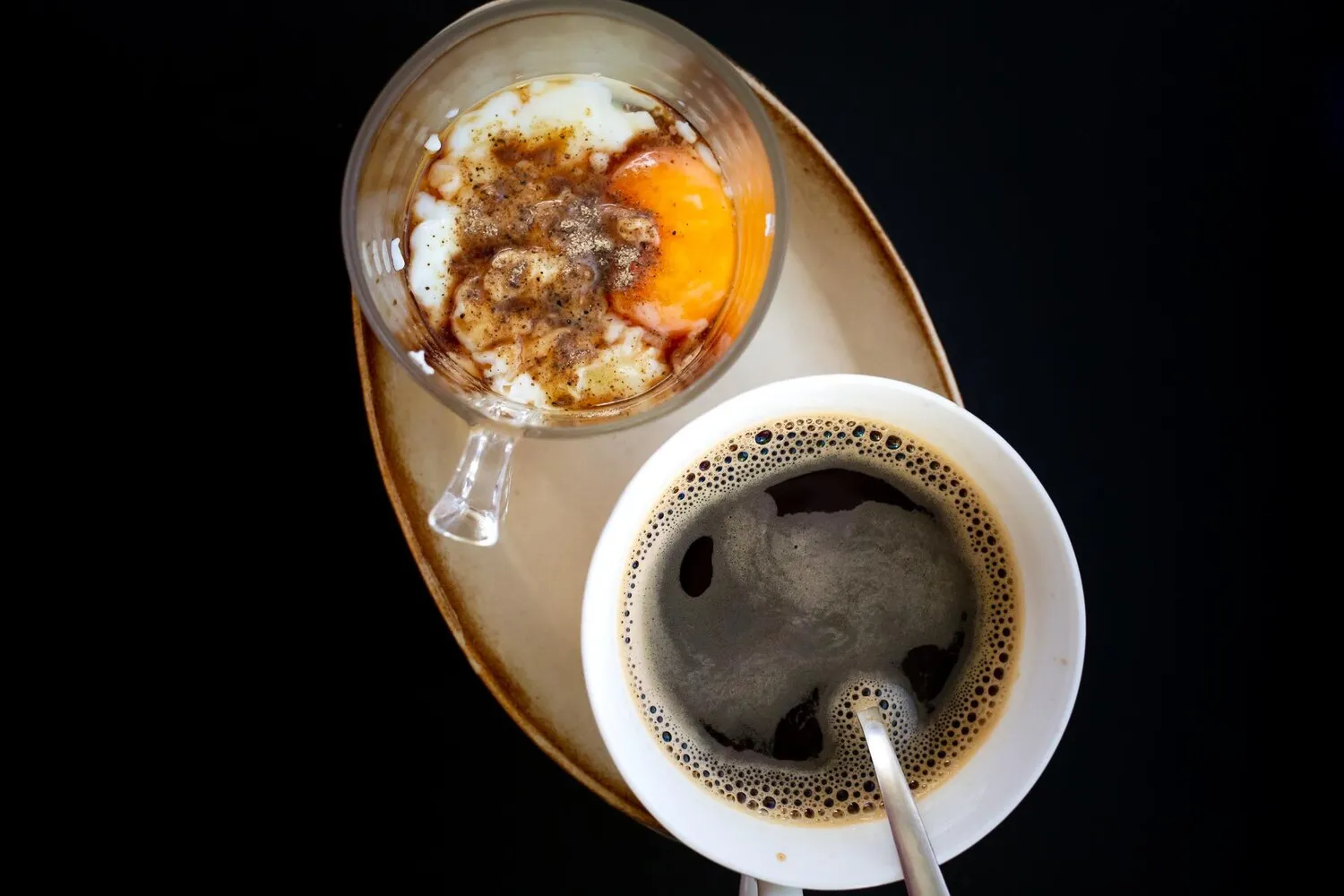
Cold Brew
Slow-steeped coffee concentrate served cold, often with a smooth and less acidic flavor.
Nutrition Facts
* The % Daily Value (DV) tells you how much a nutrient in a serving of food contributes to a daily diet. 2,000 calories a day is used for general nutrition advice.
Fairgrounds Coffee & Tea
While the exact origins are debated, cold brewing techniques for coffee likely have roots in ancient methods of preserving and preparing beverages. Some speculate Japanese drip-style coffee brewing using cold water as a precursor, dating back to the 1600s.
Cold brew has become a staple in modern coffee culture, particularly among those seeking a less acidic and more nuanced coffee experience. It's often associated with specialty coffee shops and a focus on quality and craftsmanship.
Specialty Coffee Scene
Cold brew is a popular offering in specialty coffee shops, often served as a premium option due to the time and effort required for its preparation.
DIY Culture
Cold brew is easily made at home, contributing to its widespread popularity and integration into daily routines for many coffee enthusiasts.
Versatility
Cold brew's versatility allows it to be used in various applications, from straight iced coffee to coffee cocktails and culinary creations.
Cold brew coffee offers a smoother, less acidic flavor profile compared to traditional hot-brewed coffee. The extended steeping time extracts different compounds from the coffee grounds, resulting in a naturally sweet and subtly nuanced taste.
The primary flavor characteristics are smoothness, low acidity, natural sweetness, and a rich, chocolatey or nutty body depending on the coffee bean origin. Citrus notes or fruity undertones can also be present but are less pronounced compared to hot brews. The slow extraction process avoids the bitter oils extracted by hot water, leading to a cleaner cup. Common flavor descriptors include chocolate, caramel, nuts, and subtle fruits.
Grind Size
Use a coarse grind, similar to that used for French press, to prevent over-extraction and bitterness.
Steeping Time
Steep for 12-24 hours at room temperature or in the refrigerator for optimal flavor extraction. Longer steeping times generally result in a stronger concentrate.
Water Quality
Use filtered water to avoid introducing unwanted flavors to your cold brew concentrate.
Filtration
Thoroughly filter the concentrate to remove sediment and ensure a smooth final product. Cheesecloth, coffee filters, or a fine-mesh sieve can be used.
Concentrate Dilution
Cold brew is typically prepared as a concentrate and diluted with water or milk to your desired strength. Start with a 1:1 ratio and adjust to taste.
Explore additional Coffee dishes and restaurants
Explore CoffeeDiscover top dining spots and culinary experiences in Minneapolis.
Explore MinneapolisLearn more about the food culture, restaurant scene, and culinary heritage of United States.
Explore United States